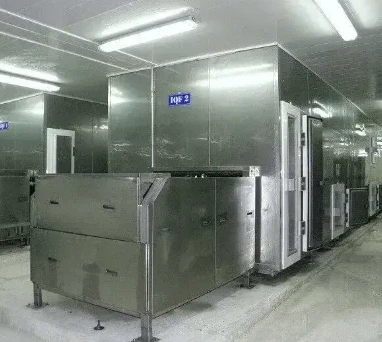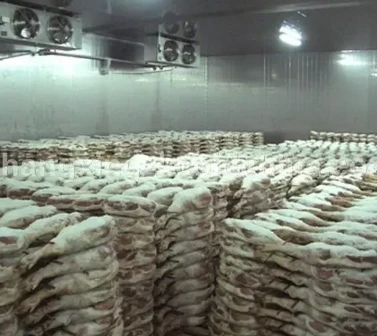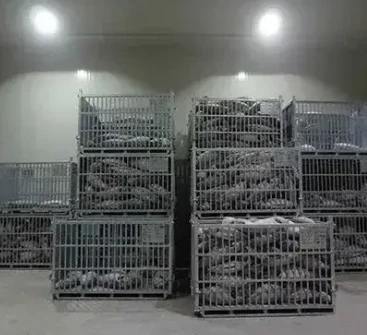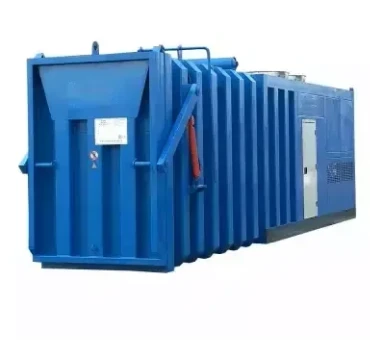Tips for Creating an Efficient and Tidy Refrigerator Organization System at Home
Fridge Organization A Guide to Efficient Food Storage
In today's fast-paced world, organization is key to maintaining an efficient and stress-free kitchen. One of the most crucial areas to focus on is your refrigerator. An organized fridge not only saves time when searching for ingredients but also helps reduce food waste and keeps perishable items fresher for longer. Here are some tips and strategies for effective fridge organization.
1. Understand Your Fridge Layout
Most refrigerators come with different sections that are designed to store various types of food. The top shelves, which are the warmest, are ideal for drinks, ready-to-eat foods, and leftovers. The middle shelves have a more consistent temperature, making them perfect for dairy products like milk, cheese, and yogurt. The bottom shelf, being the coldest, is best for raw meats, fish, and poultry, ideally stored on a separate tray to prevent cross-contamination.
The fridge door is the warmest part of the fridge, thus it is best suited for condiments, juices, and other items that can withstand slight temperature fluctuations. By understanding your fridge’s design, you can take advantage of these spaces for optimal food preservation.
2. Utilize Clear Storage Containers
Investing in clear storage containers can help keep your fridge organized and appealing. They allow you to easily see what you have at a glance, minimizing the chances of letting food spoil due to neglect. Use containers for leftovers, pre-cut vegetables, and snacks. Labeling each container can further enhance this organization. When everything has its place, you’re less likely to accidentally let items go forgotten at the back of the fridge.
3. Categorize Your Foods
fridge organization

Grouping similar items together can make it easier to find what you need. Consider creating zones in your fridge for different types of food one for dairy, another for produce, and a separate area for proteins. You could designate a specific shelf or compartment for snacks, which will be particularly useful for families with children, as it will help them reach for healthy options more efficiently.
4. Keep It Clean and Decluttered
Regularly cleaning out your fridge is essential for maintaining order. Make it a habit to check your fridge every week or two, discarding any expired items and reorganizing as necessary. This not only keeps your fridge clean but also encourages you to be more mindful of food purchases, ensuring you use what you have before it goes bad.
5. Follow the FIFO Method
The FIFO (First In, First Out) principle is a widely-used method in food storage. It involves placing new items behind older items, ensuring that you use the older products first. This strategy is particularly useful for perishable items, minimizing waste and ensuring that you enjoy your food at its freshest.
6. Make the Most of the Freezer
Don’t forget about your freezer when it comes to food storage. Properly freezing leftovers, fruits, and vegetables can extend their life significantly. Use labeled freezer bags or containers to keep things organized, and regularly check the freezer to use up items before they become freezer burnt.
In conclusion, an organized fridge is not just about aesthetics; it is about efficiency and sustainability. By understanding your fridge's layout, utilizing storage solutions, keeping things categorized and cleaned, and applying the FIFO method, you will be well on your way to maximizing your fridge space. A little effort in organization can go a long way in creating a more efficient, enjoyable cooking experience. Happy organizing!






